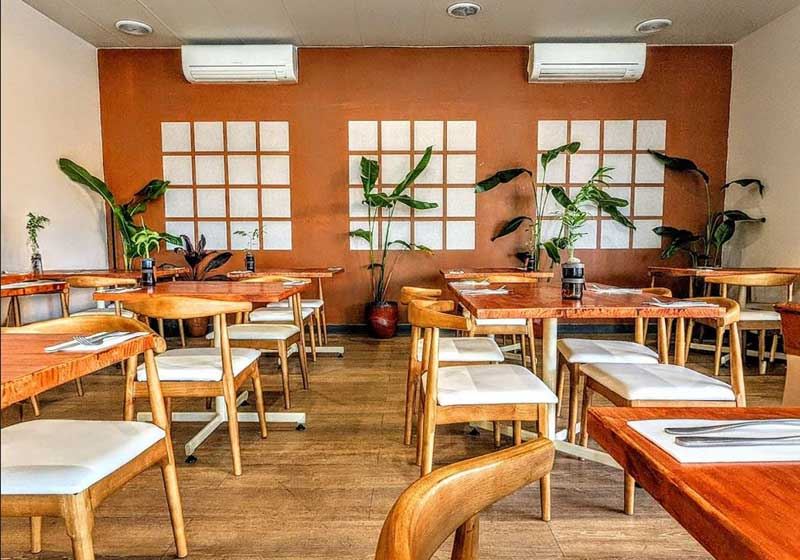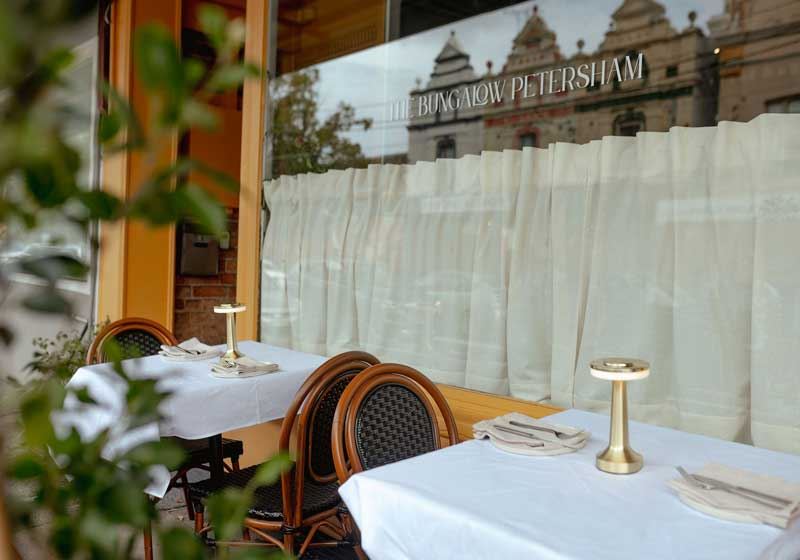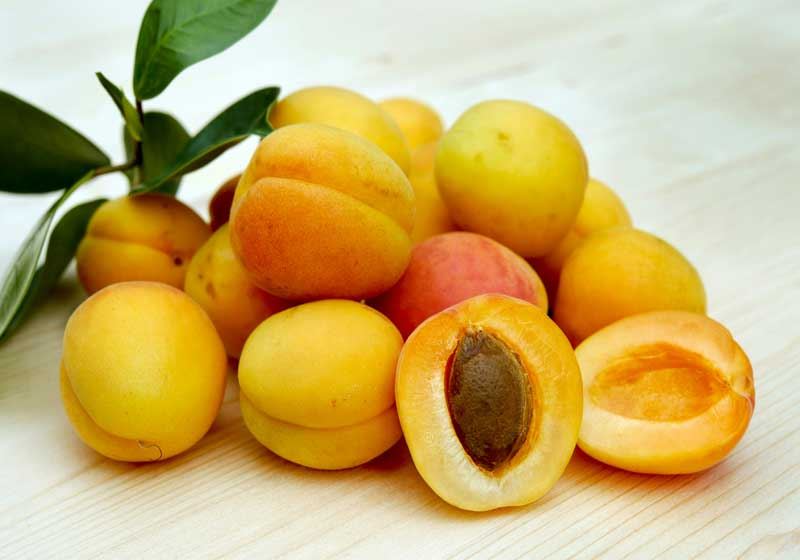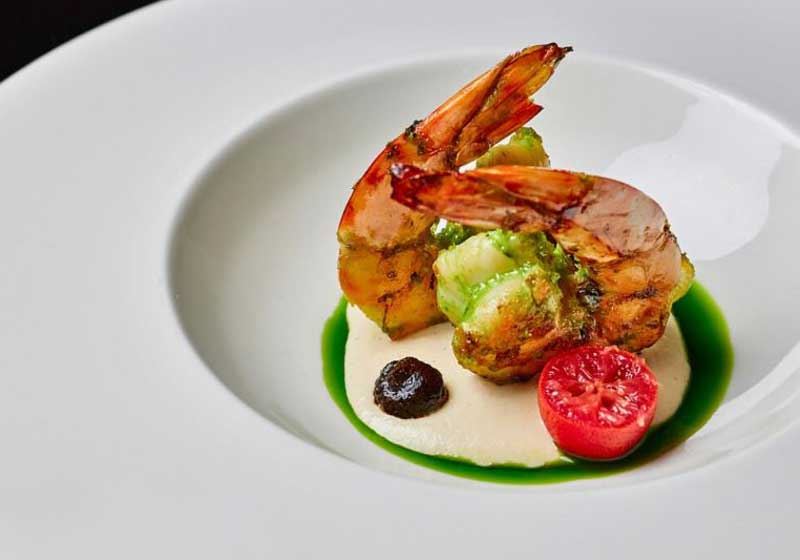By Marie-Antoinette Issa.
Small plates spotlight the spirit of sharing and community that is central to European dining culture. Whether you’re savouring plates of pintxos in a bustling bar in San Sebastien, indulging in mouthfuls of mezze by the Aegean Sea or enjoying antipasto in a sun-drenched piazza in Rome, this selection of Europe’s best small dishes truly embodies the idea that even the tiniest plates can be the tastiest.
To start, Spanish tapas are perhaps the most famous of Europe’s small dishes, celebrated for their variety, flavour and social significance.
Originating from the custom of covering glasses with small plates (tapas) to keep out flies, tapas have evolved into a culinary tradition that spans the entire country. From patatas bravas (crispy potatoes with spicy tomato sauce) to gambas al ajillo (garlic shrimp), each region in Spain boasts its own specialties.

In Northern Spain, particularly in Basque Country, pintxos are a variation of tapas where ingredients are skewered with toothpicks. Pintxos bars in cities like San Sebastián offer a dazzling array of choices, from seafood to cured meat, displayed temptingly on counters. Visitors can graze on these small, flavour-packed bites while enjoying the lively atmosphere of local bars.
Across the Guadiana River in Portugal, petiscos are small plates of food that are perfect for sharing over conversation and drinks. Similar to Spanish tapas, petiscos showcase Portugal’s diverse culinary influences, from seafood delights like bacalhau (salted cod) fritters to hearty chorizo sausage and cheese boards. Petiscos are enjoyed in tasquinhas (taverns) and tascas (small eateries) throughout Portugal, where locals and visitors alike can sample a variety of flavours in a relaxed and convivial atmosphere.
In Greece and neighbouring Turkey, mezze or mezza embodies the Mediterranean love for sharing food and hospitality. In both these country’s mezze refers to a variety of small dishes served as appetizers or part of a meal, often accompanied by ouzo or local wines.

Classic Greek mezze includes tzatziki (yoghurt and cucumber dip), dolmades (stuffed grape leaves) and spanakopita (spinach and feta pastry). While typical Turkish tapas include eyaz peynir (salty white cheese), haydari (thick yoghurt dressed with herbs) and patlican salatasi (cold eggplant salad).
Whatever you call it, these diminutive dishes highlight the use of fresh ingredients and bold flavours, inviting diners to indulge in a communal dining experience that reflects both countries’ rich culinary history.
Italy’s antipasto, meaning ‘before the meal’, sets the stage for a traditional Italian dining experience. Antipasto varies regionally but typically includes cured meat such as prosciutto and salami, cheese like mozzarella and pecorino, marinated vegetables and olives.
It’s a celebration of Italy’s diverse culinary heritage, where each ingredient is carefully selected to stimulate the appetite and enhance the main course that follows. Whether enjoyed in a rustic trattoria or a bustling city piazza, Italian antipasto embodies the art of simplicity and quality ingredients.

Finally, in France, l’apéro (short for aperitif) is more than just a pre-dinner pleasure - it’s a social ritual that often includes a delightful array of small bites. French apéro can range from simple dishes like olives, nuts and charcuterie to more elaborate offerings such as canapés and miniature quiches.
The emphasis is on light, flavourful snacks that pair perfectly with a glass of wine or a refreshing cocktail. Apéro hour is a cherished tradition that brings friends and family together to unwind and enjoy the pleasures of French cuisine.
French finger food, indeed all of Europe’s best small dishes, embody the idea that big things come in small packages - wherever you opt to dine!









